Optimal Timing for Concrete Installation
Concrete installation timing is crucial for ensuring durability and quality. Optimal conditions depend on temperature, humidity, and seasonal factors, influencing curing and setting times.
Concrete performs best when temperatures are between 50°F and 85°F. Extreme cold or heat can affect curing and strength development.
Spring and fall often provide favorable weather conditions. Cold seasons may require additional heating measures, while summer can pose rapid drying risks.
Rain and high humidity can hinder proper curing, leading to weaker concrete. Dry, mild days are preferred for installation.
Scheduling during periods of stable weather helps avoid delays and reduces the risk of compromised concrete quality.
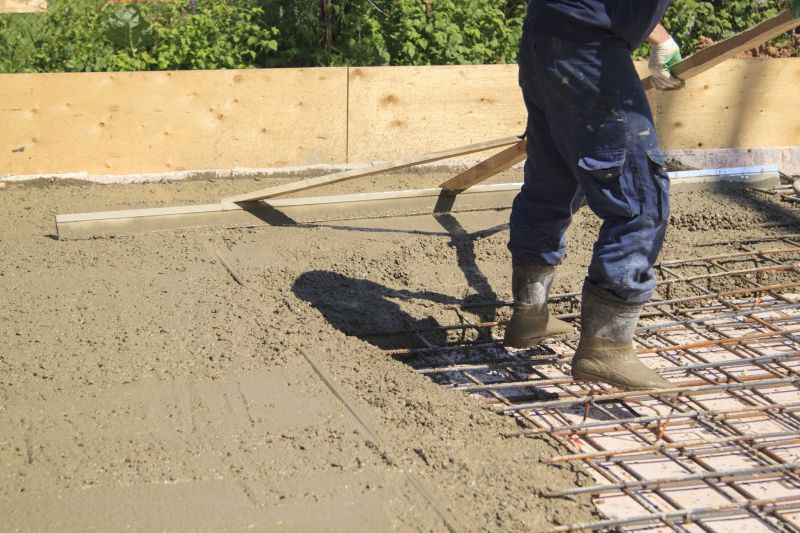
Ways to make Concrete Installations work in tight or awkward layouts.
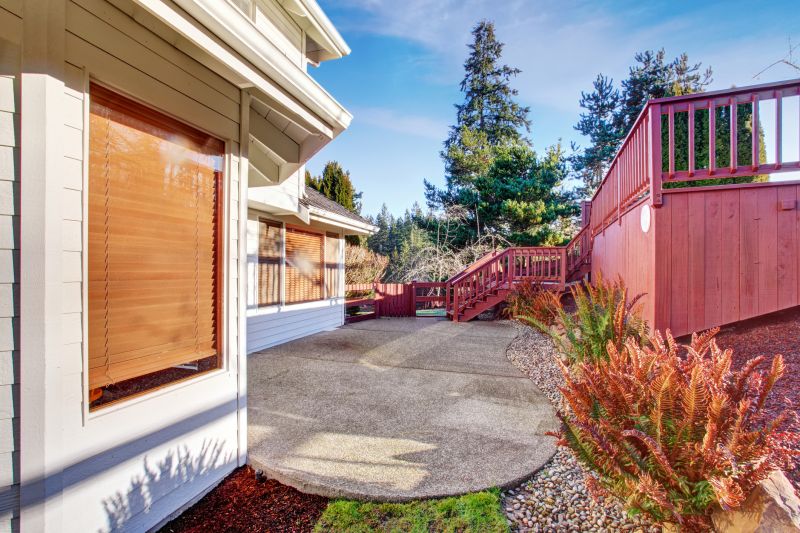
Popular materials for Concrete Installations and why they hold up over time.
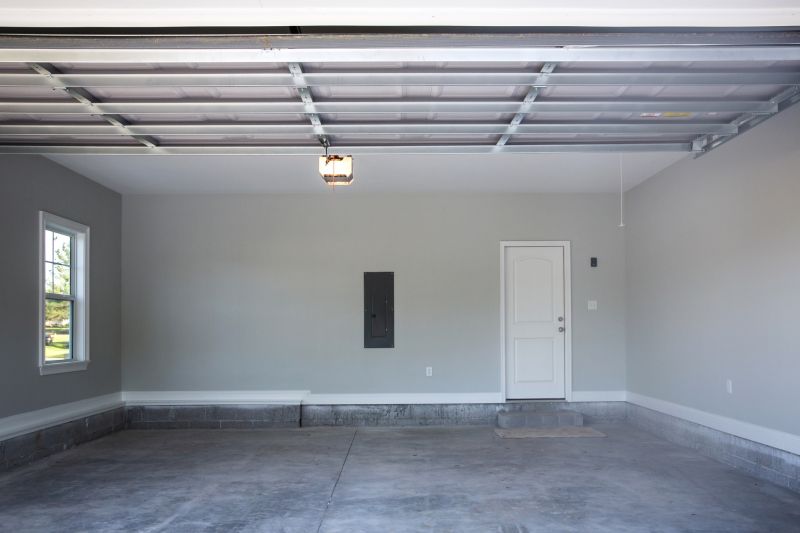
Simple add-ons that improve Concrete Installations without blowing the budget.
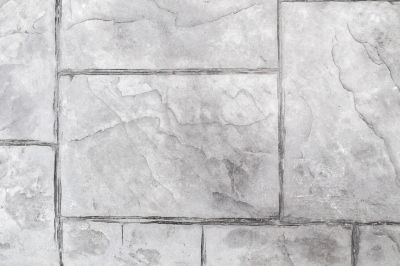
High-end options that actually feel worth it for Concrete Installations.
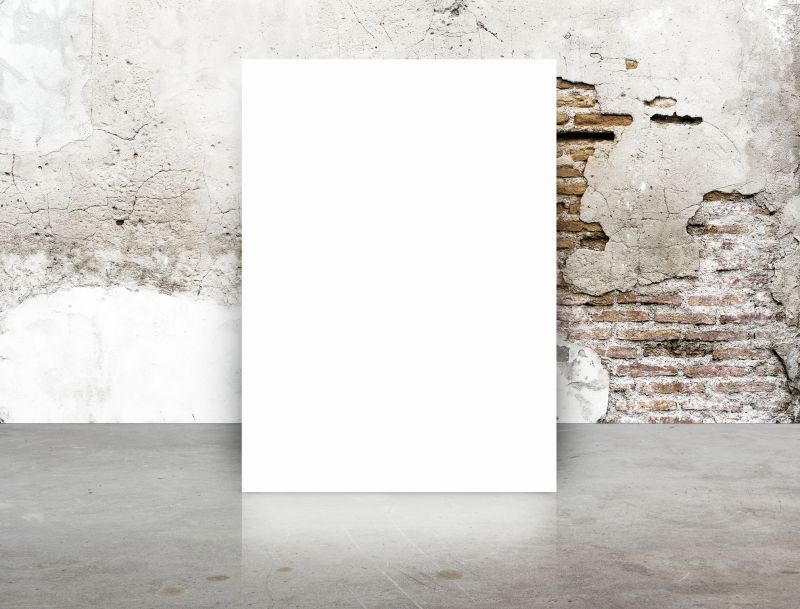
Finishes and colors that play nicely with Concrete Installations.
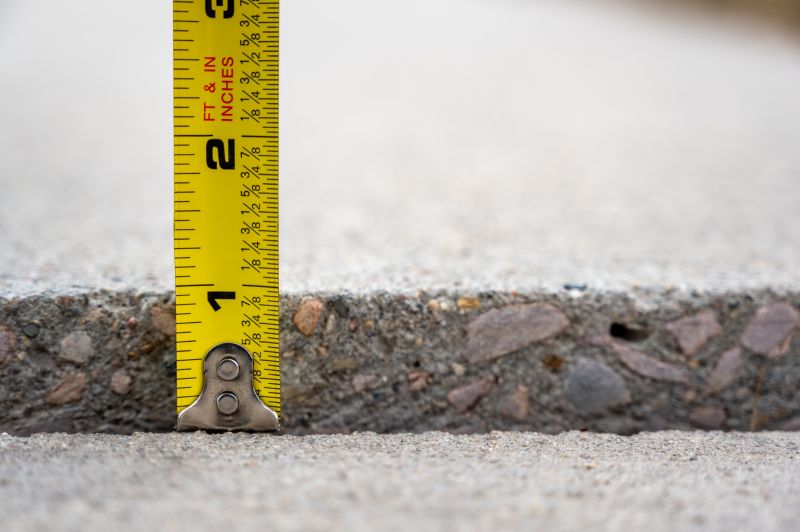
Little measurements that prevent headaches on Concrete Installations day.
Concrete installations are a critical component of construction projects, ranging from driveways and patios to commercial flooring and foundations. Proper timing ensures that the concrete cures effectively, achieving maximum strength and durability. Seasonal and weather considerations play a significant role in planning these projects. For example, colder months may require heated enclosures or additives to prevent freezing, while hot, dry conditions necessitate additional curing measures to prevent cracking and surface issues.
Statistics indicate that concrete reaches approximately 70% of its strength within the first week and continues to gain strength over the next 28 days. Delays or improper timing can lead to compromised structural integrity, increased costs, and longer project durations. Therefore, understanding local climate patterns and scheduling accordingly can significantly improve the outcome of concrete projects.
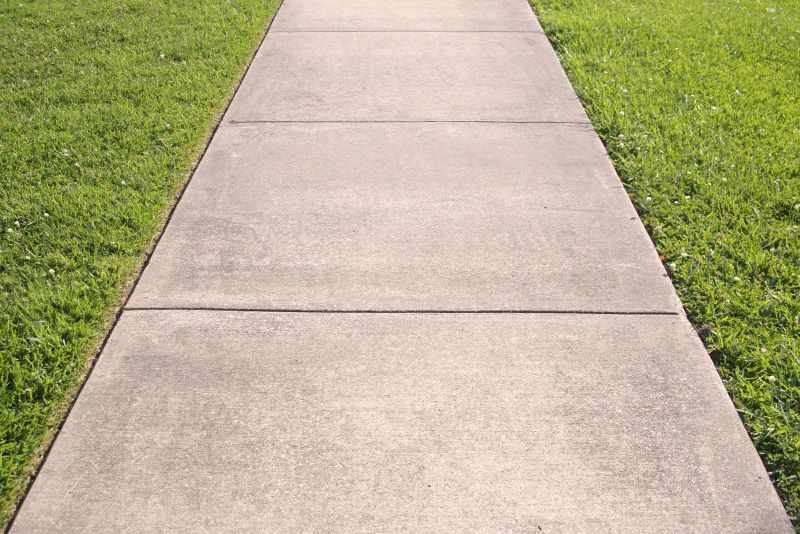
A 60-second routine that keeps Concrete Installations looking new.
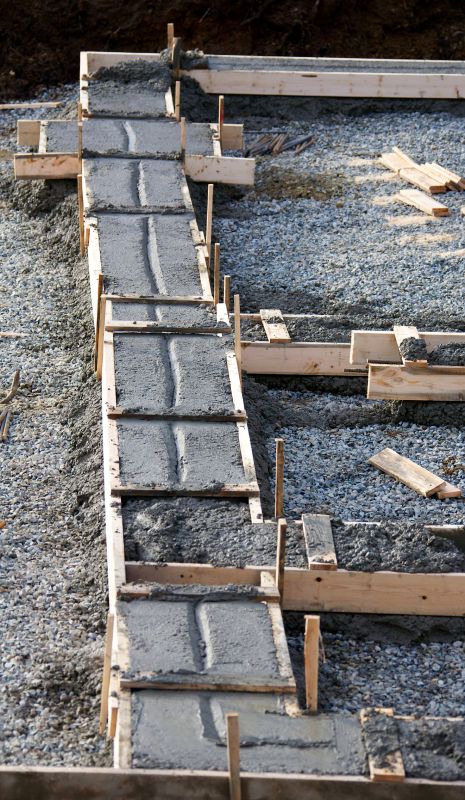
A frequent mistake in Concrete Installations and how to dodge it.

Small tweaks to make Concrete Installations safer and easier to use.

Lower-waste or water-saving choices for Concrete Installations.
Interested parties seeking concrete installation services are encouraged to contact for scheduling and consultation. Proper timing and preparation are essential to achieving the best results and ensuring the longevity of the concrete work.
